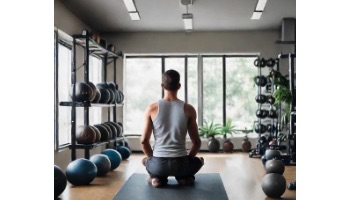 Do you ever wonder how to take care of your feet? Are running shoes with lots of cushion best, or minimal shoes? What’s the deal with barefoot running? How about insoles? These are common questions, and good ones, but to understand the answer you need to first know a few basics about the human foot.
Do you ever wonder how to take care of your feet? Are running shoes with lots of cushion best, or minimal shoes? What’s the deal with barefoot running? How about insoles? These are common questions, and good ones, but to understand the answer you need to first know a few basics about the human foot.
Your Foot Is An Incredibly Dynamic Structure
Your feet are not just meat pads on the bottom of your legs. Those two little protrusions support the entire load of your body while also serving as shock absorbers for the added stresses generated while walking or running, which can be significant. To deal with it all, the foot has evolved into an amazing mechanical structure made of many bones that are connected via ligaments, tendons, and muscles. These structures constantly work together to hold the bones in place while simultaneously allowing them to bend and flex as needed. Your arches in particular act a bit like springs, actively stiffening and flexing to absorb and redirect shock appropriately.1
The ability to do both of these things—be a stable base and a dynamic shock absorber— is what makes is possible for you to stand, walk, or run with remarkable effectiveness.
Your Feet Have Been Trained
So, the foot is like the rest of your body. It has bones, ligaments, tendons, and muscles that perform work and, just like in the rest of your body, they can change and adapt depending on how you train them. Now here’s the kicker: arguably the number one way that we train our feet is by wearing shoes. Shoes change how the foot interacts with the ground.23 What that means is that your foot has changed over your life. Since the moment you began wearing little booties on your feet, they have been slowly adapting to the reality of footwear.
Making Changes Means Retraining Your Feet
The upshot of all of this is that if you change something, be it your footwear or even the type of activities you engage in, it could have an impact on your feet and they might need time and attention in order to adapt. Think of it like a training program. If you decide to run a marathon you don’t start with the whole twenty-six miles the next day. You slowly build into it. The same is true when you make a change that affects the foot. If you want to change the type of shoes you wear, you should start slowly. Maybe wear them for an hour or two, or every other day, or in some other controlled time increment that gives your feet a chance to adapt to the new conditions. If you think you’d like to try barefoot running, try a little barefoot walking first. If you get insoles or shims, you might need to start with a small lift and build it up over a few weeks.


